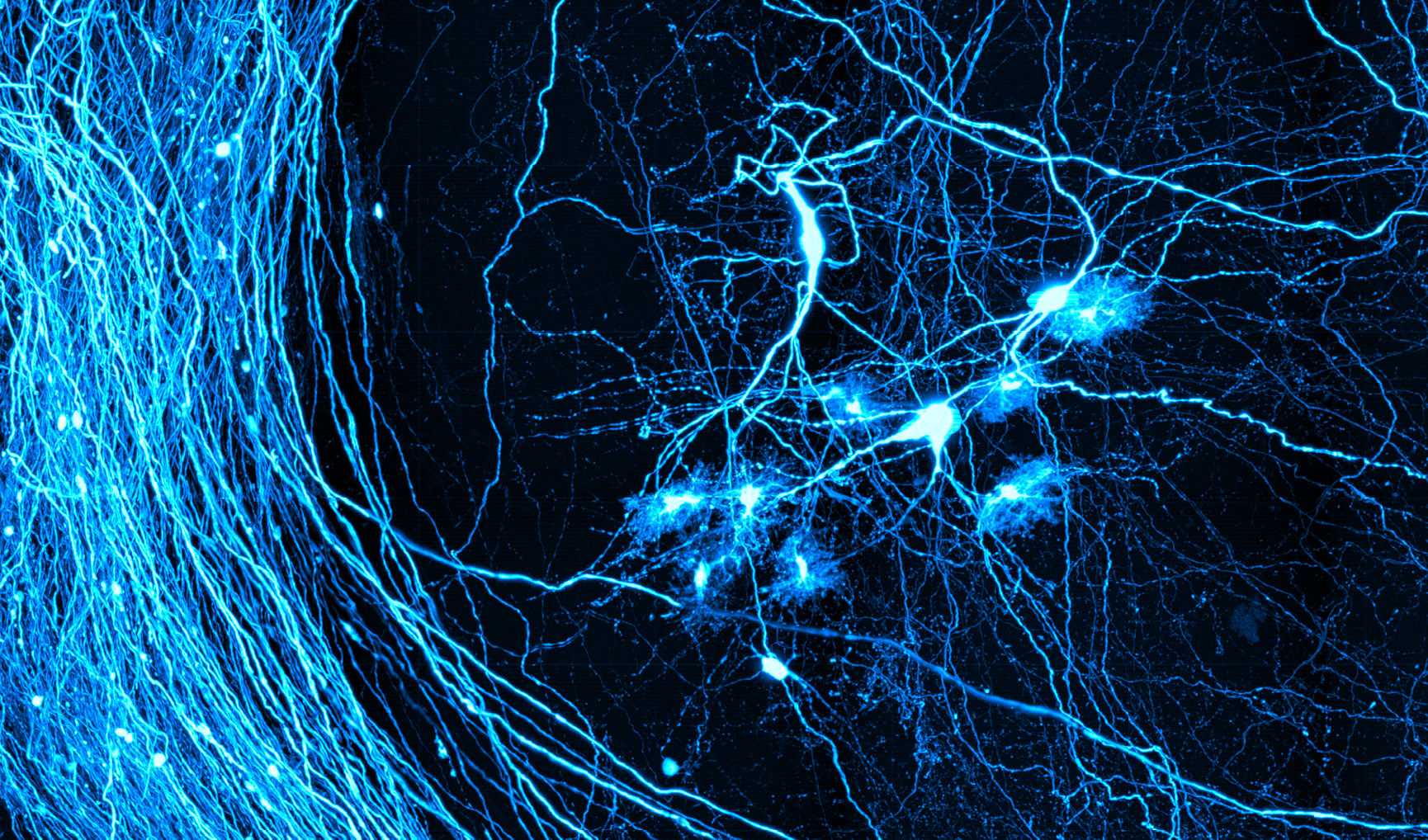Biology, Neurophotonics Center, and NSF NRT UtB: Neurophotonics Spring Seminar – Monday, April 9, 2018
Please join us at noon for lunch at
- Boston University Photonics Center
- 8 Saint Mary’s Street
- Room 906, Boston, MA 02215
Brenda Bloodgood from the University of California’s Division of Biological Science, Section of Neurobiology, will lead a discussion on “Deconstructing neural activity with an immediate early gene”. This lunch seminar will be held at at the Boston University Photonics Center, 8 Saint Mary’s Street, Room 906, Boston, MA 02215. Registration will start at noon and the talk will begin at 12:20 pm. Brenda will discuss her lab’s research that has uncovered two pathways, executed within distinct subcellular regions of pyramidal neurons, which allow the IEG Npas4 to independently report changes in spiking and synaptic activity to the nucleus.
Registration is required to ensure a lunch will be ordered for you.
Abstract: In neurons, immediate early gene (IEG) transcription factors are expressed in response to membrane depolarization and regulate gene expression that is essential for morphological, synaptic and circuit plasticity. Because of this, IEG transcription factors are routinely used to identify behaviorally-relevant neurons in vivo. Yet, it remains unclear if an inducible transcription factor can convey information to the nucleus about select features of a circuit’s activity. My lab has uncovered two pathways, executed within distinct subcellular regions of pyramidal neurons, which allow the IEG Npas4 to independently report changes in spiking and synaptic activity to the nucleus. These pathways emerge from the regulation of Npas4 mRNA transcription, trafficking, and translation that are tailored at each step to support the detection of changes in synaptic or action potentials. The neuron’s ability to use Npas4 to detect select aspects of excitatory activity is evolutionarily recent and suggests a new strategy for stimulus-dependent gene regulation in mammalian brain.
